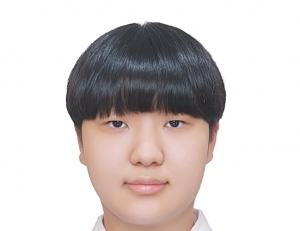The number of people who visit Korean palaces wearing hanbok is increasing. But most people don't know about the history of Korean palaces. So, we want to introduce Kyonggi University students to the history of Korean palaces.
Gyeongbokgung
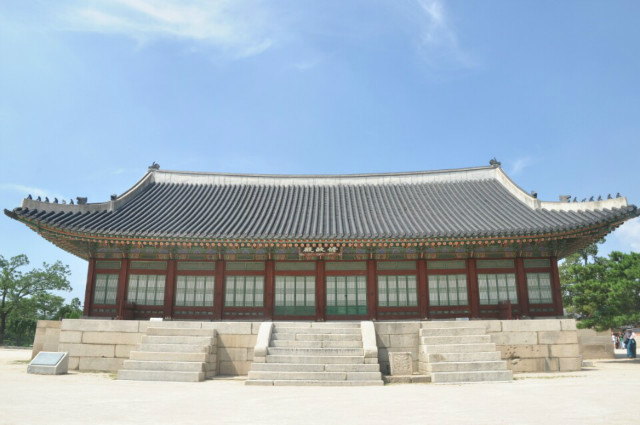
Gyeongbokgung was a palace where the king lived after the Joseon kingdom was founded. Gyeongbokgung was founded by the first king of the Joseon Dynasty, Yi Seong-gye, but it was burned down during the Japanese invasion of Korea in 1592. Afterward, it was restored by Emperor Gojong in 1867 and it remains as a representative palace of Korea, having been restored in the 1990s. Sujeongjeon, located in Gyeongbokgung, is a place where Jiphyeonjeon was located. Jiphyeonjeon was an institution of learning associated with the court that was devoted to research and study during the early days of the Joseon Dynasty. Today, Sujeongjeon houses historical information about the Korean writing system that was created by King Sejong. On the other hand, Geoncheonggung, located in Gyeongbokgung, has a sad history as the place that Empress Myeongseong was assassinated by Japanese assassins. To increase access to Gyeongbokgung and the vast amount of historical information contained there, the Cultural Heritage Administration is opening Gyeongbokgung at night four times a year. The last opening at night period for Gyeongbokgung is from September 24, 2016 to October 28, 2016. You can buy a ticket through Internet sites such as Auction and Interpark, and the price is 3,000 won for adults. However, if you visit Gyeongbokgung wearing hanbok, you can enter at night for free.
Location-161, Sajik-ro, Jongno-gu, Seoul
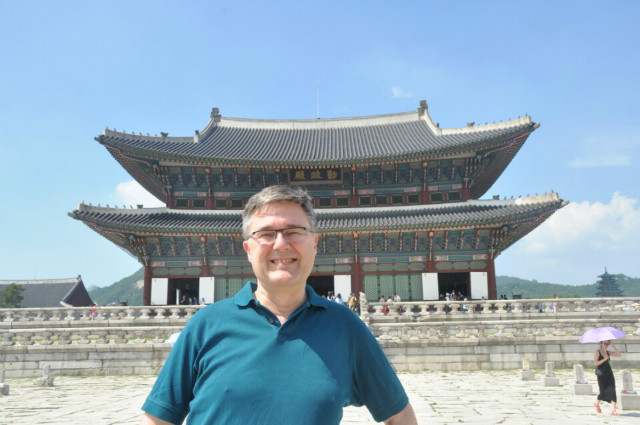
"I think that Korean palaces make Korea 'Korea'. They have the historiy of the past, so they are important to children of the future. I hope the youth of Korea will preserve and cherish them."
Changdeokgung Palace

Changdeokgung Palace was built for sad reasons. King Taejong hated Gyeongbokgung Palace because his brothers caused a rebellion to become king. So he built another palace to the east of Gyeongbokgung Palace. This palace was Changdeokgung Palace. It has had many fires and other incidents, but it's preservation is very good. It is a world heritage site and appears in harmony with nature. This harmony can be seen in Huwon Garden. The most significant part of Changdeokgung Palace is Injeongjeon. It was the place of royal enthronements and many other important events. It contains the history of almost all of the Joseon Dynasty. In Changdeokgung Palace, there is a very old gate among the palace gates. Its name is Donhwamun Gate. Finally, you can borrow a recorder that explains the history of Changdeokgung Palace if you go there. This recorder is very useful to foreigners because it explains everything in English and Japanese.
Location-(Waryong-dong, 2-71) 99, Yulgongno, Jongno-gu , Seoul
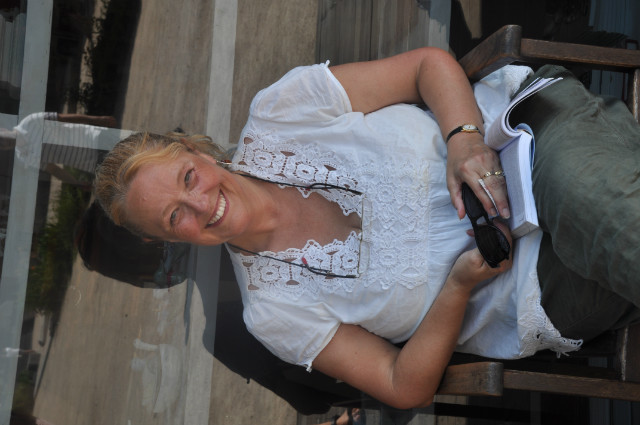
"Korean palaces are very beautiful. I traveled in Korea a few days ago, and I went to some other palaces. That was very wonderful. I think Huwon Garden of
Changdeokgung Palace is very fantastic. I want to go to some other palaces."
Deoksugung
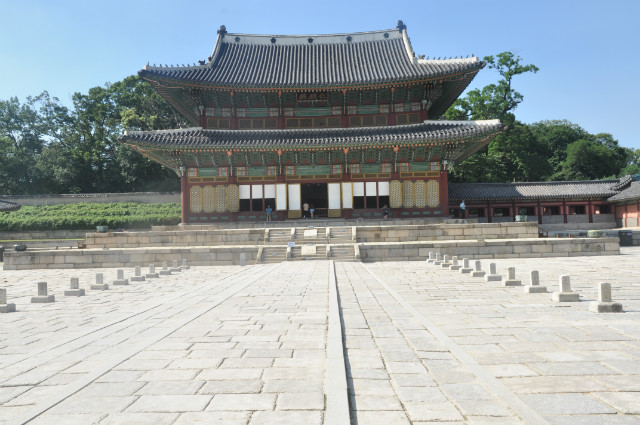
Deoksugung is a palace that watched the collapse of the Joseon Dynasty at the end of the Joseon Dynasty. Emperor Gojong moved to Deoksugung immediately after Empress Myeongseong was assassinated. After the name of the country was changed to the Korean Empire, Gojong became an emperor and Deoksugung became the palace of the Korean Empire. The original name of Deoksugung was Gyeongungung, but it was changed to Deoksugung, which means "Wish long life of Emperor Gojong," after Sunjong ascended the throne in 1907. But after most of structures of Deoksugung were burned down, Seokjojjeon, which was built in the Western style, was constructed and Emperor Gojong moved to Jungmyeongjeon. Jungmyeongjeon was the first Western style structure built in Deoksugung and was used as a library of the royal palace. Furthermore, it has a painful history because the Protectorate Treaty between Korea and Japan was concluded there in 1905. Afterward, Japan deprived Korea of its diplomatic rights. At this time, Deoksugung is being restored and Jungmyeongjeon will be closed temporarily until 2017. The opening hours of Deoksugung are from 9:00 A.M. to 9:00 P.M., and you can enter at night without buying a ticket.
Location-99, Sejong-daero, Jung-gu, Seoul
Like those above, many palaces have many stories. If you know these stories and visit the palaces, you will have a very meaningful time. Also, we have to be interested in our palaces and make an effort not to forget them. With information like this, why don't you visit Korean palaces this autumn?
- TAG
-
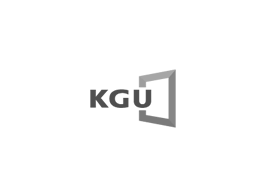 Freedom Given to Youth: An Opportunity for Choice or a Burden of Constraint?
“Are we truly free today?” Classical literature is far more than time-honored stories. It offers profound insights into human nature and society that transcend time, remaining a valuable resource for examining the challenges our world faces today. This article will draw on George Orwell’s 1984 and Charles Dickens’ Oliver Twist to explore the contemporary issues of youth housing and the emergence of a surveillance society ...
Freedom Given to Youth: An Opportunity for Choice or a Burden of Constraint?
“Are we truly free today?” Classical literature is far more than time-honored stories. It offers profound insights into human nature and society that transcend time, remaining a valuable resource for examining the challenges our world faces today. This article will draw on George Orwell’s 1984 and Charles Dickens’ Oliver Twist to explore the contemporary issues of youth housing and the emergence of a surveillance society ...

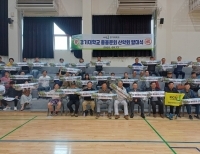 [단신] 산악회, 본교 동문의 버팀목이 될 수 있도록
[단신] 산악회, 본교 동문의 버팀목이 될 수 있도록
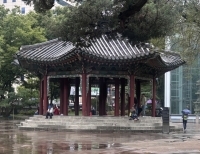 [사회메인] 노인 인구 1,000만 시대, 준비 없는 사회가 불안해
[사회메인] 노인 인구 1,000만 시대, 준비 없는 사회가 불안해
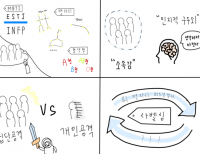 [네컷만화] 라벨링 문화
[네컷만화] 라벨링 문화
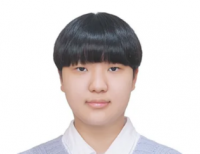 [진리터] 결국 우리 모두 돌아볼 것이니
[진리터] 결국 우리 모두 돌아볼 것이니

 목록
목록










